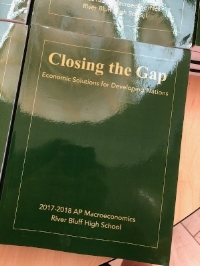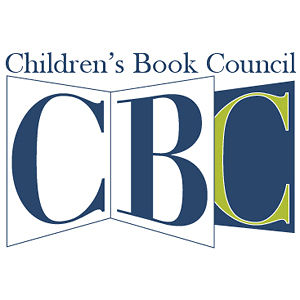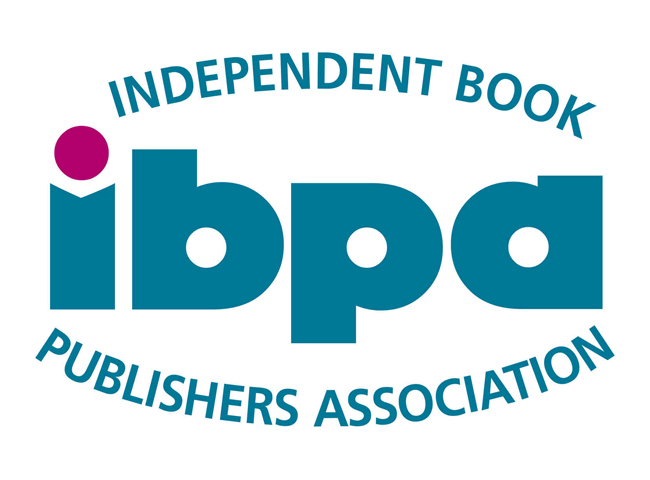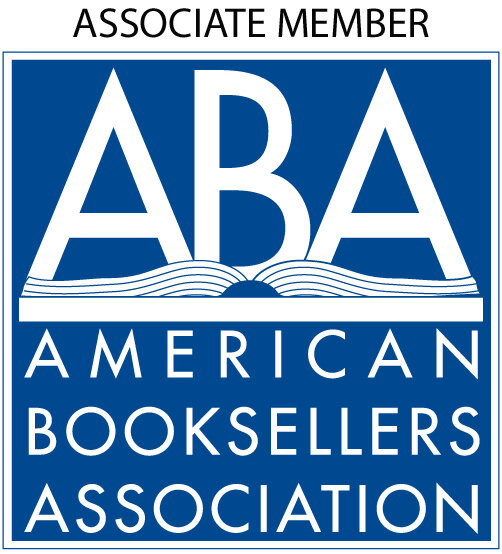Closing the Gap: A Student Project
/by Keith Brayman
AP Macroeconomics, River Bluff High School
In March 2017, I sat down with my principal, Dr. Luke Clamp and said, “I want my kids to write a book and I want them to present their findings to the United Nations.” His reply is what all educators pray for. “Let’s make it happen. Let me know what I can do to help you get there.” That conversation was exactly what I needed and gave me the energy to embark on a journey with my students that would span a calendar year and include a nearly 400-page publication.
I assigned the first of many tasks to be completed over the summer break. I really wanted my students to select a country that they had personal ties to because that would give them ownership over their work, as this would be a long process. In fact, one piece of feedback that I got from a student was that they wished they had chosen a country more dear to them. Having that connection would also make this case study a labor of love and not merely labor.
Once they had chosen their country of interest, they were to visit the United Nations site regarding developing nations and the Human Development Index. I chose this index as our starting place so that students would not only have a basis of comparison against other developing nations, but also to have sound data that they could refer back to over time. I had them compile their country’s data onto a spreadsheet, which we aggregated on the first day of school. It was very important to me that they realized the gap between industrialized nations and the developing world. Needless to say, it didn’t take long.
After that stage, it became a process of “we,” and not “I.” I thought that I had planned for every contingency possible, but I was wrong. Like, really, really wrong. The stage between compiling data and writing the first part of their research had some significant speed bumps. My students began to show that they had taken ownership of their research and were quickly becoming more knowledgeable about their specific countries than I was and I was constantly playing catch-up. Honestly, this was a great problem to have.
Their first piece of writing was due just before the Christmas break—the history of the government and economic system for each country. I was blown away. The writing was fantastic. There was a definite realization from me that moving forward was going to be challenging. But, I feel the need to back up a bit. Closing in on the due date for their research, students began to come to me to express concerns about the clarity of what I wanted in their writing. I was taken aback. Hadn’t I explained it well? It was written clearly, or so I thought.
What I had excluded from my planning was to ensure that there were enough checkpoints for my students to ask questions and gain the clarity that they needed. So we talked, a lot. Again, my students surprised me with their maturity and their ability to approach me with questions and concerns. There was even a point that I considered ending the case study with the research papers. Another testament to the level of students is that they shot that idea down nearly before I finished explaining my reasoning. They wanted to continue. I am so happy that they did. We worked together to ensure that they had all of the information that they needed to move forward and we were set for, in my opinion, one of the most meaningful semesters of their school careers.
Once back from the break, we shifted our focus to finding ways for our countries to move forward, to enhance the standard of living, and/or to generally make life more manageable for business to be successful. To be clear, my students were tasked with developing economic plans to move their countries further toward development. I had hoped that we would follow the rules and laws that are in my curriculum for our AP Macroeconomics class. We quickly outgrew them. The entry-level Economics formulas that we planned on using weren’t equipped to handle the data that my students wanted to adjust in their plans. This was the ninth or tenth time that I found myself on the struggle bus. Luckily, my students are brilliant and we were able to work together to ensure that we were using the correct formulas and that their calculations were correct. Difficulty came in situations where a country was in financial crisis and the news and data were changing by the minute. It truly was amazing to watch them work within very specific parameters while still thinking outside the box.
Nearing the conclusion of the school term, it was a mad dash to finalize ideas and calculations. I became clear that the students weren’t procrastinating, but that they wanted their best work published. They owned their writing. They owned their work. They want you to read their best piece. Hopefully you will have the opportunity to read their findings and their plans for development. It is an amazing piece of student writing.
A message to any teachers who are contemplating publishing their students’ work: Do it! It will be one of the most meaningful pieces of work they will ever complete.






